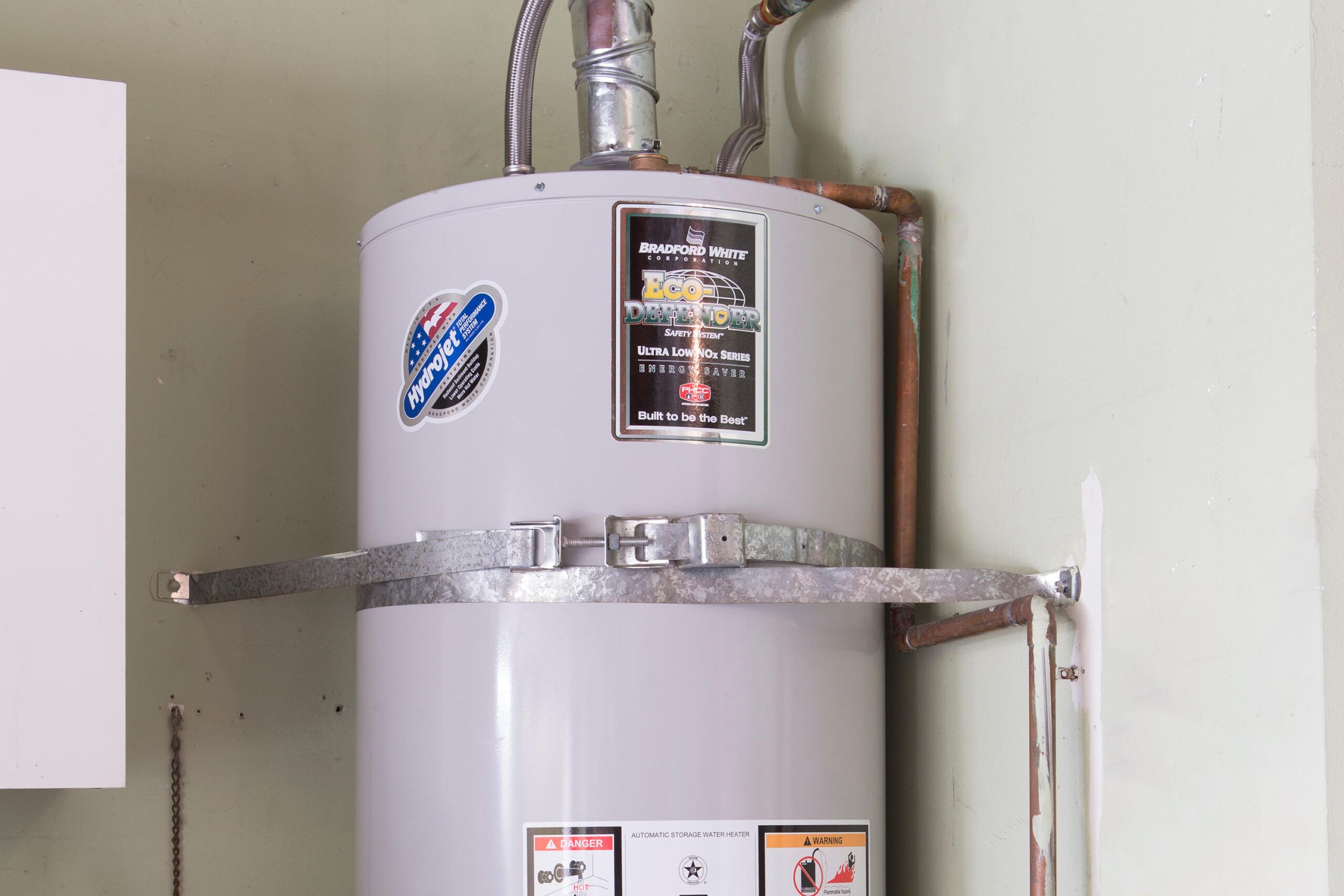The publisher is making a few great points related to How to Maintain Your Water Heater & Prolong its Life overall in this post which follows.

Hot water is essential for day-to-day convenience, whether it's for a rejuvenating shower or washing meals. To ensure your hot water system runs effectively and lasts much longer, normal maintenance is vital. This article offers practical pointers and insights on how to maintain your home's warm water system to prevent interruptions and costly fixings.
Introduction
Maintaining your home's warm water system may appear daunting, yet with a few easy actions, you can ensure it operates efficiently for many years ahead. This guide covers everything from understanding your hot water system to do it yourself upkeep pointers and understanding when to hire specialist aid.
Significance of Keeping Your Hot Water System
Normal maintenance not just extends the life expectancy of your hot water system yet also guarantees it runs effectively. Disregarding maintenance can lead to reduced efficiency, higher power costs, and even premature failing of the system.
Indications Your Warm Water System Needs Upkeep
Understanding when your warm water system requires attention can stop major problems. Keep an eye out for signs such as inconsistent water temperature level, strange noises from the heating system, or rusty water.
Comprehending Your Warm Water System
Prior to diving right into maintenance tasks, it's practical to comprehend the standard parts of your hot water system. Generally, this consists of the hot water heater itself, pipelines, anode rods, and temperature controls.
Regular Monthly Upkeep Tasks
Normal month-to-month checks can aid catch minor concerns prior to they rise.
Flushing the Water Heater
Flushing your hot water heater eliminates debris buildup, boosting performance and prolonging its life.
Checking and Replacing Anode Rods
Anode rods prevent deterioration inside the tank. Evaluating and changing them when worn out is vital.
Evaluating and Adjusting Temperature Settings
Adjusting the temperature level setups ensures optimal performance and safety and security.
Do It Yourself Tips for Upkeep
You can execute numerous upkeep jobs yourself to keep your hot water system in top condition.
Checking for Leakages
On a regular basis examine pipes and connections for leaks, as these can result in water damages and higher bills.
Examining Pressure Relief Valves
Examining the stress safety valve guarantees it operates correctly and protects against too much stress build-up.
Protecting Pipes
Insulating warm water pipes decreases heat loss and can conserve power.
When to Call an Expert
While DIY upkeep is advantageous, some issues call for expert experience.
Facility Problems Requiring Specialist Help
Instances include major leakages, electrical troubles, or if your hot water heater is constantly underperforming.
Routine Specialist Upkeep Advantages
Specialist maintenance can include detailed inspections, tune-ups, and making certain compliance with safety criteria.
Conclusion
Normal maintenance of your home's warm water system is crucial for effectiveness, longevity, and expense savings. By complying with these tips and recognizing when to seek professional assistance, you can ensure a trusted supply of hot water without unanticipated disruptions.
How to Maintain an Instant Hot Water Heater
Before tinkering with your hot water heater, make sure that it’s not powered on. You also have to turn off the main circuit breaker and shut off the main gas line to prevent accidents. Also turn off the water valves connected to your unit to prevent water from flowing into and out of the appliance. 2. When you’re done, you have to detach the purge valves’ caps. These look like the letter “T†and are situated on either side of the water valves. Doing so will release any pressure that has accumulated inside the valves while at the same time avoid hot water from shooting out and burning your skin. 3. When the purge valves’ caps are removed, you have to connect your hosing lines to the valves. Your unit should have come with three hoses but if it didn’t, you can purchase these things from any hardware or home repair shops. You can also get them from retail stores that sell water heating systems. Read the user’s manual and follow it to complete this task properly. When the hosing lines are connected, open the purge port’s valves. 4. You should never use harsh chemical cleaners or solutions when cleaning your unit. Make use of white vinegar instead. It should be undiluted and you’ll probably use about 2 gallons. 5. Now flush your water heater. This task should probably take about 40 minutes. We can’t give you specific directions for this because the procedure is carried out depending on the type, model and brand of your heater. With that being said, refer to the user’s manual. 6. When you’re done draining the unit, you have to turn off the purge port valves again. Remove the hosing lines that you earlier installed on each of the water valves. Put the valve caps (purge port) back in their respective places and be very careful so as not to damage the rubber discs that are found inside these caps. 7. Now that everything’s back in place, check your user’s manual again to find out how to reactivate your water heating system. 8. Once it is working, turn one of your hot water faucets on just to let air pass through the heater’s water supply pipes. Leave the tap on until water flows smoothly out of it. https://www.orrplumbing.com/blog/2014/september/how-to-maintain-an-instant-hot-water-heater/

I hope you enjoyed reading our topic on What Kind of Maintenance Do Water Heaters Need?. Thanks a ton for taking the time to read our posting. Loved our article? Please quickly share it. Help another person find it. Thanks for going through it.
Call Today